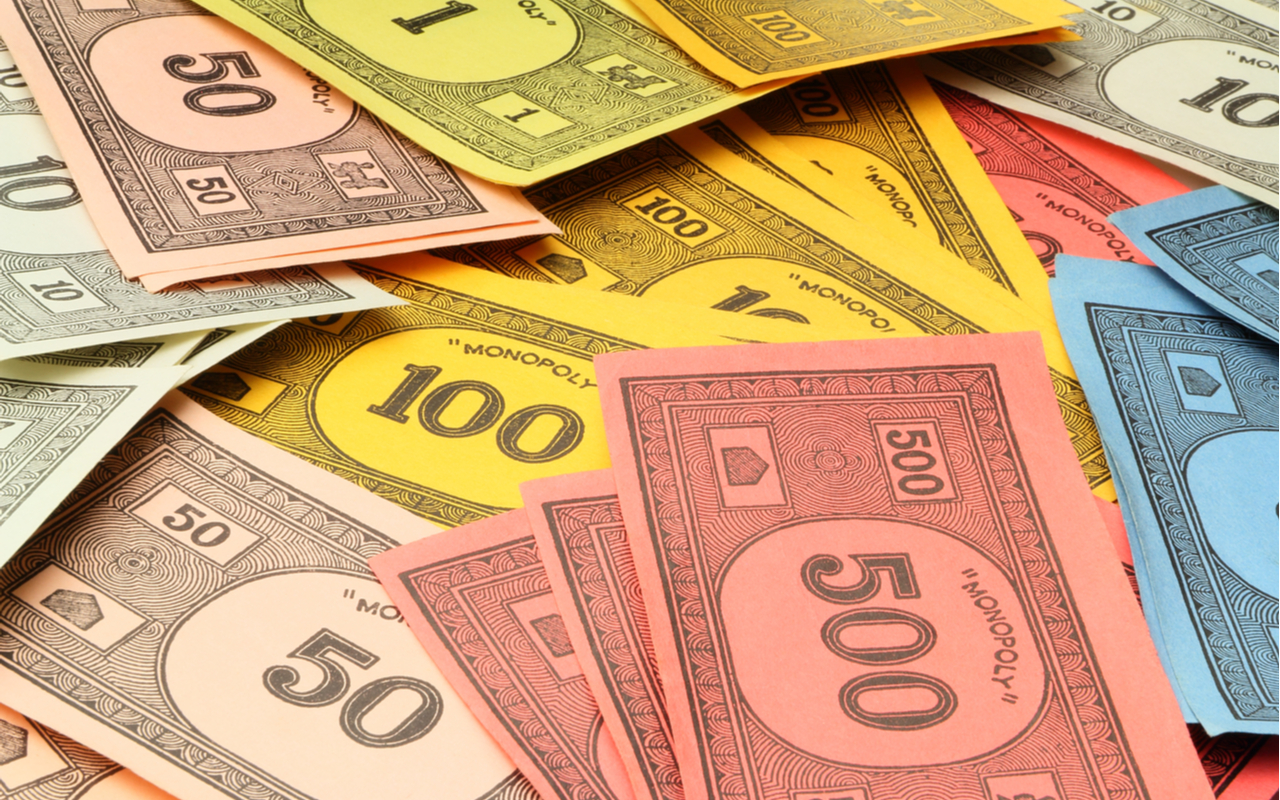We hear it all the time: The wealthy must pay their fair share in tax.
Many of the wealthy, and the members of Congress they sponsor, contend they already are. And they have all sorts of facts and figures to make that appear true. After all, for a billionaire, even a tiny tax payment in percentage terms is a big check.
So, are the rich paying their fair share?
We took a straightforward approach to that inquiry. First, we estimated the share of America’s total tax payments made by the wealthiest of the wealthy, the top .01 percent. A household in the top .01% is wealthier than 9,999 out of every 10,000 households.
Professors Emmanuel Saez and Gabriel Zucman, co-authors of The Triumph of Injustice: How the Rich Dodge Taxes and How to Make Them Pay, made this job easy. They did the heavy lifting of estimating, year-by-year, the overall tax rate – that is, total tax payments (including corporate tax, employment tax, individual income tax and state level tax payments) as a percentage of income – for the top .01 percent and for the entire population. They estimated the share of the nation’s income flowing to the top .01 percent on a yearly basis as well.
To find the percentage of the total national taxes paid by the top .01 percent in a given year, we first multiplied the overall tax rate of the top .01 percent by the overall income share of the top .01 percent. This gave us the percentage of total national income paid by the top .01 percent in tax. We then divided that by the percentage of total national income paid by the entire population (top .01 percent included) in tax to get our final “tax share” of the top .01 percent.
Then, we compared that “tax share” of the top .01 percent, year-by-year, to the share of the nation’s wealth held by the top .01 percent, again piggybacking on the work of Professors Saez and Zucman.
Here’s that comparison:
Consider what’s transpired over the past 70 years. The tax share of the top .01 percent changed over time, but it’s not far today from where it was in 1953 – about 5 percent. The wealth ownership share of the top .01 percent during that period about quadrupled, from 2.5 percent to very close to 10 percent.
For the rest of us, the bottom 99.99 percent, our share of the overall tax has been about equal to our share of the nation’s wealth, slightly less than our share of the nation’s wealth 70 years ago and slightly more than our share of the nation’s wealth today.
The situation 70 years ago made sense. It adhered to the principle that tax payments should be based on the ability to pay, with those at the top bearing the heaviest burden relative to their wealth. Thus, the very wealthiest segment of a society should pay a share of the total tax burden greater than its share of the society’s wealth. The situation today turns that basic moral principle on its head. When the share of tax payments made the wealthy are one-half their share of the nation’s total wealth, such that they’re bearing the lightest tax burden relative to their wealth.
That’s not paying their fair share. Or anything remotely close.
